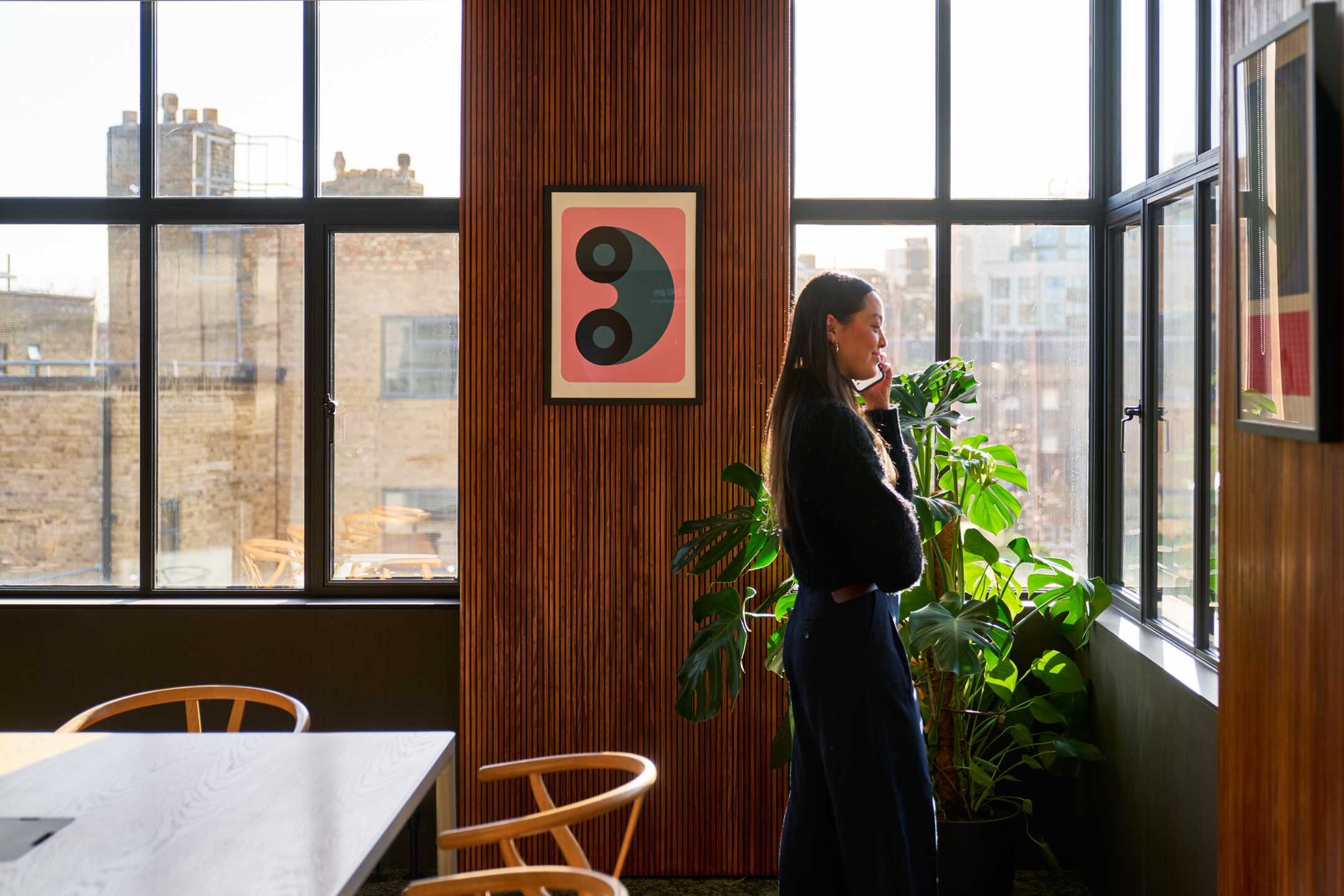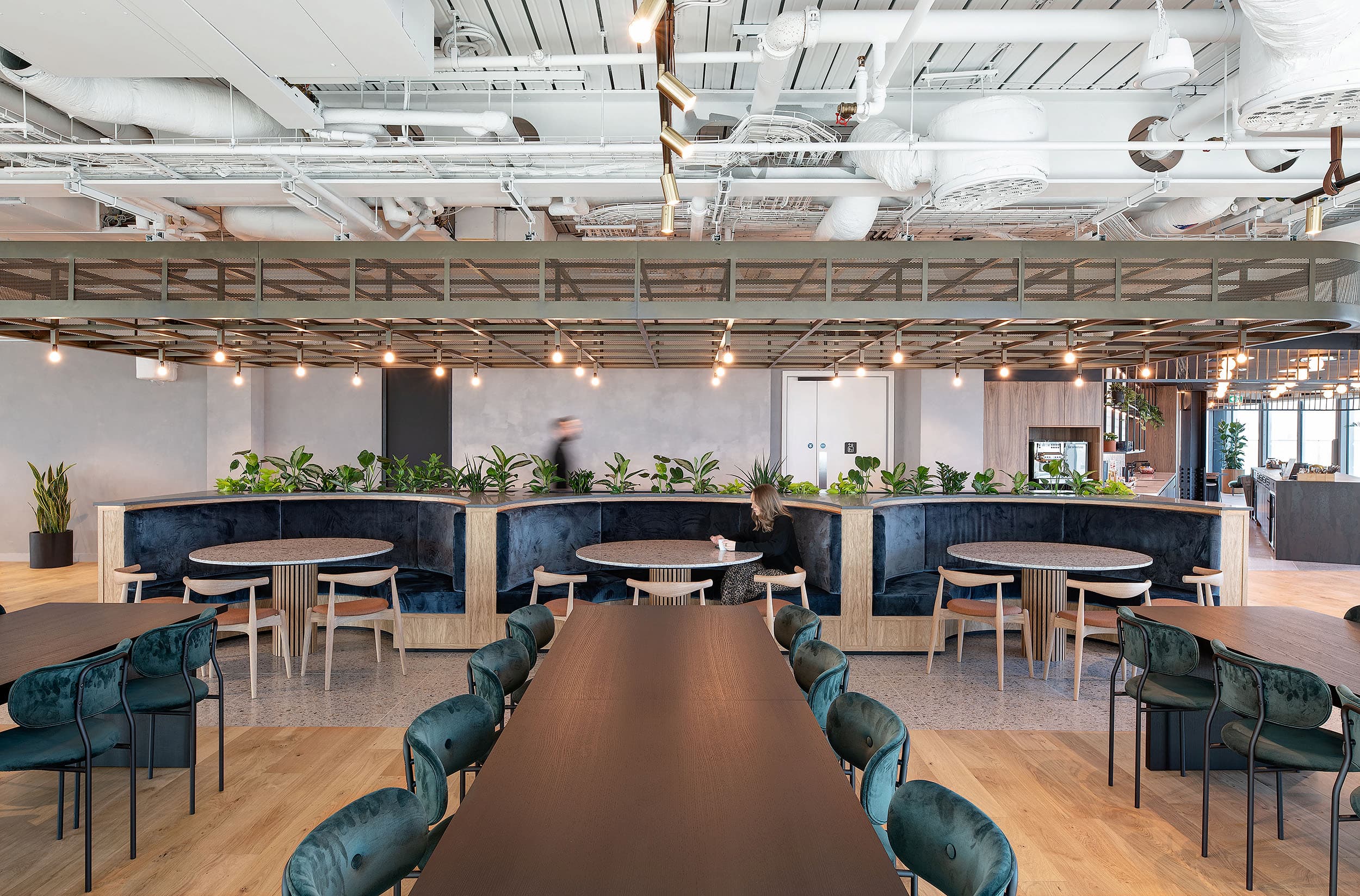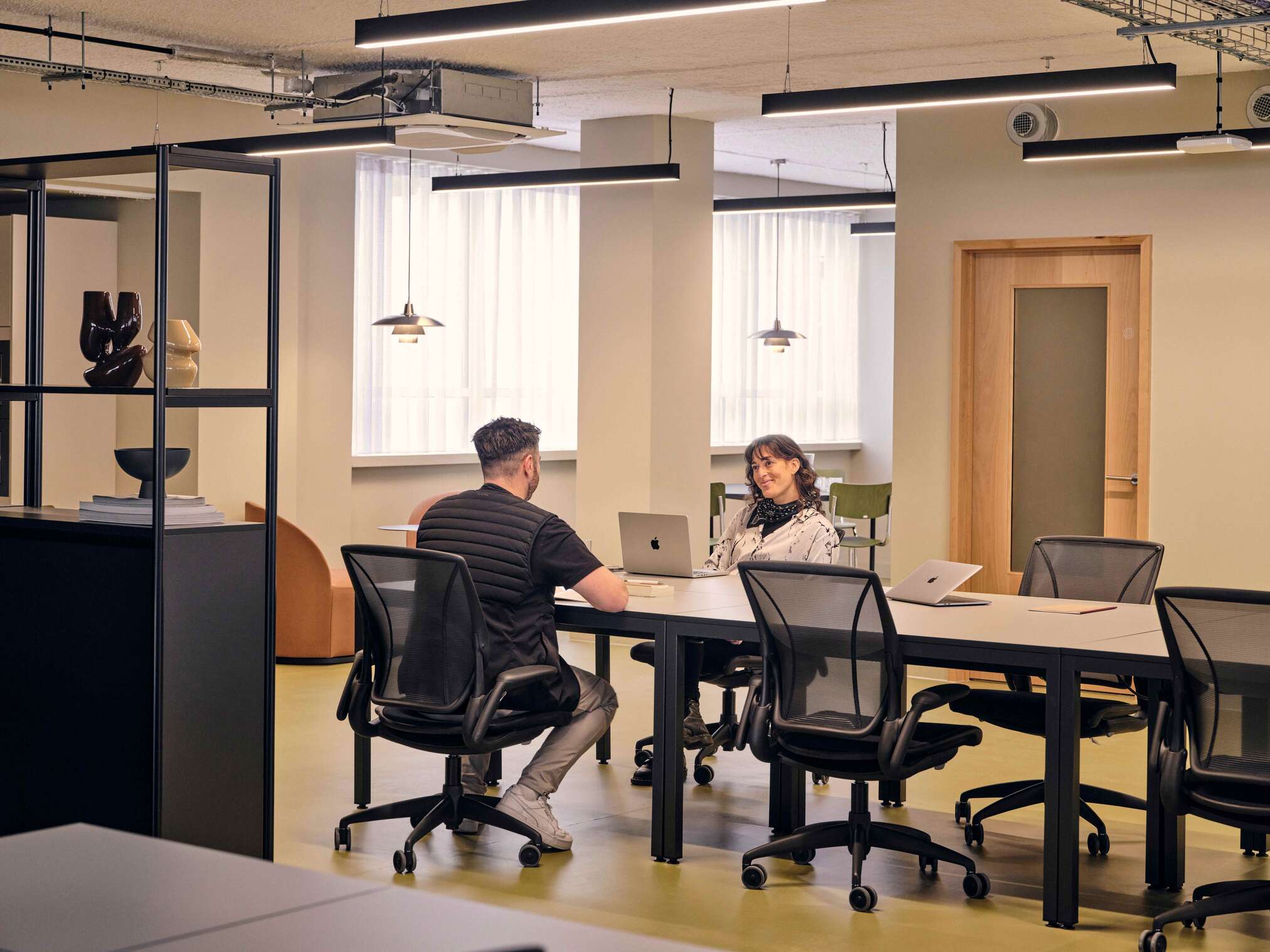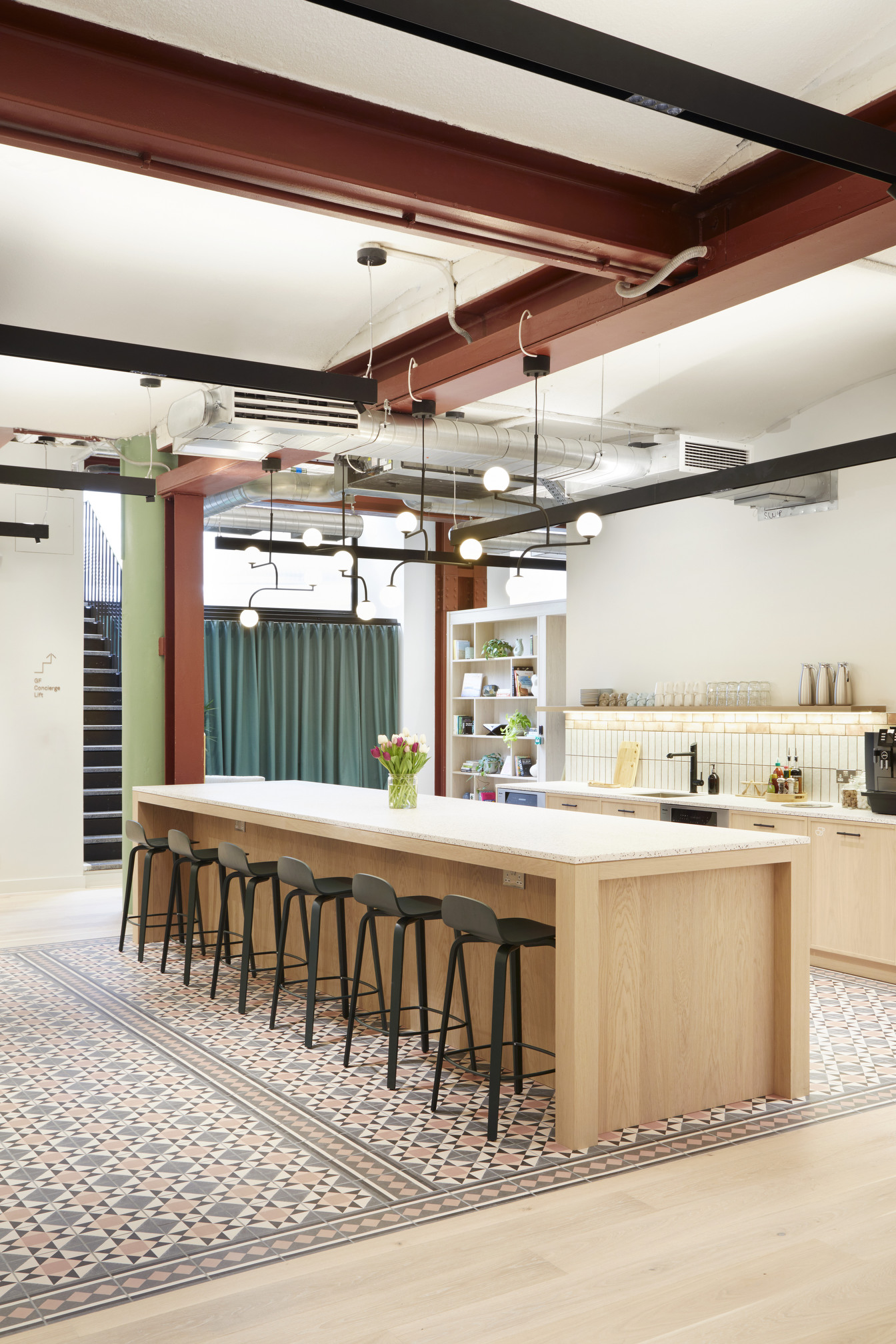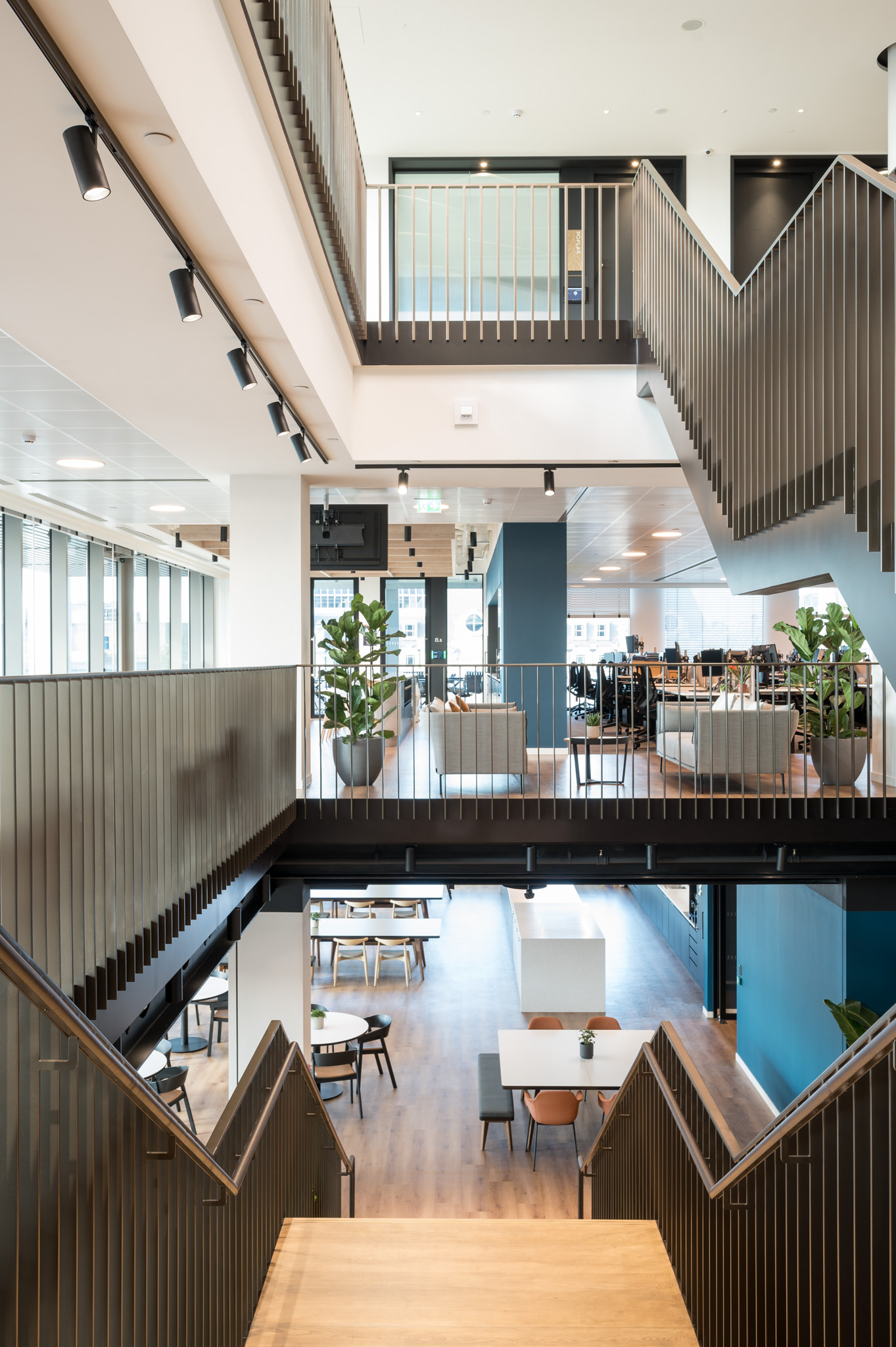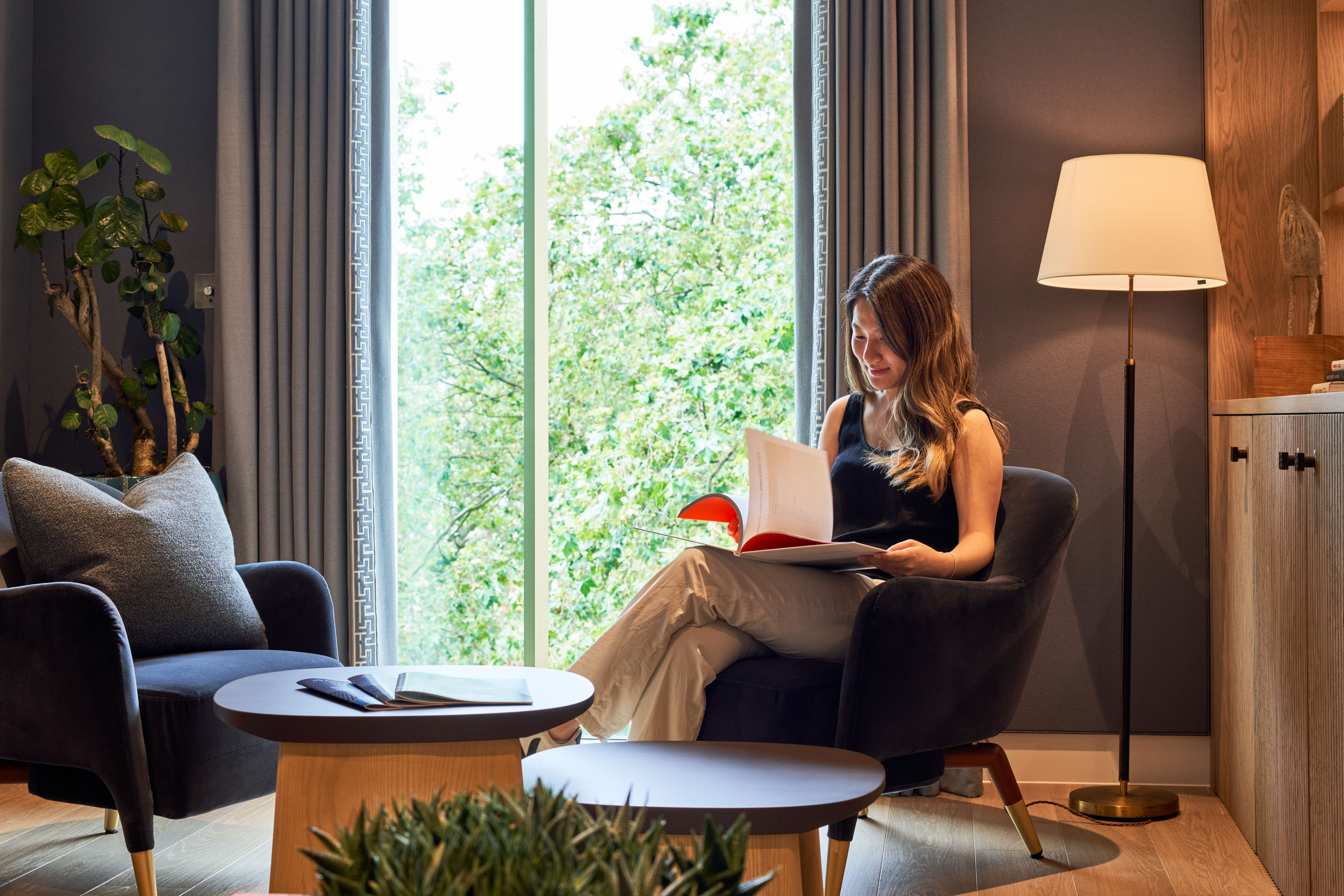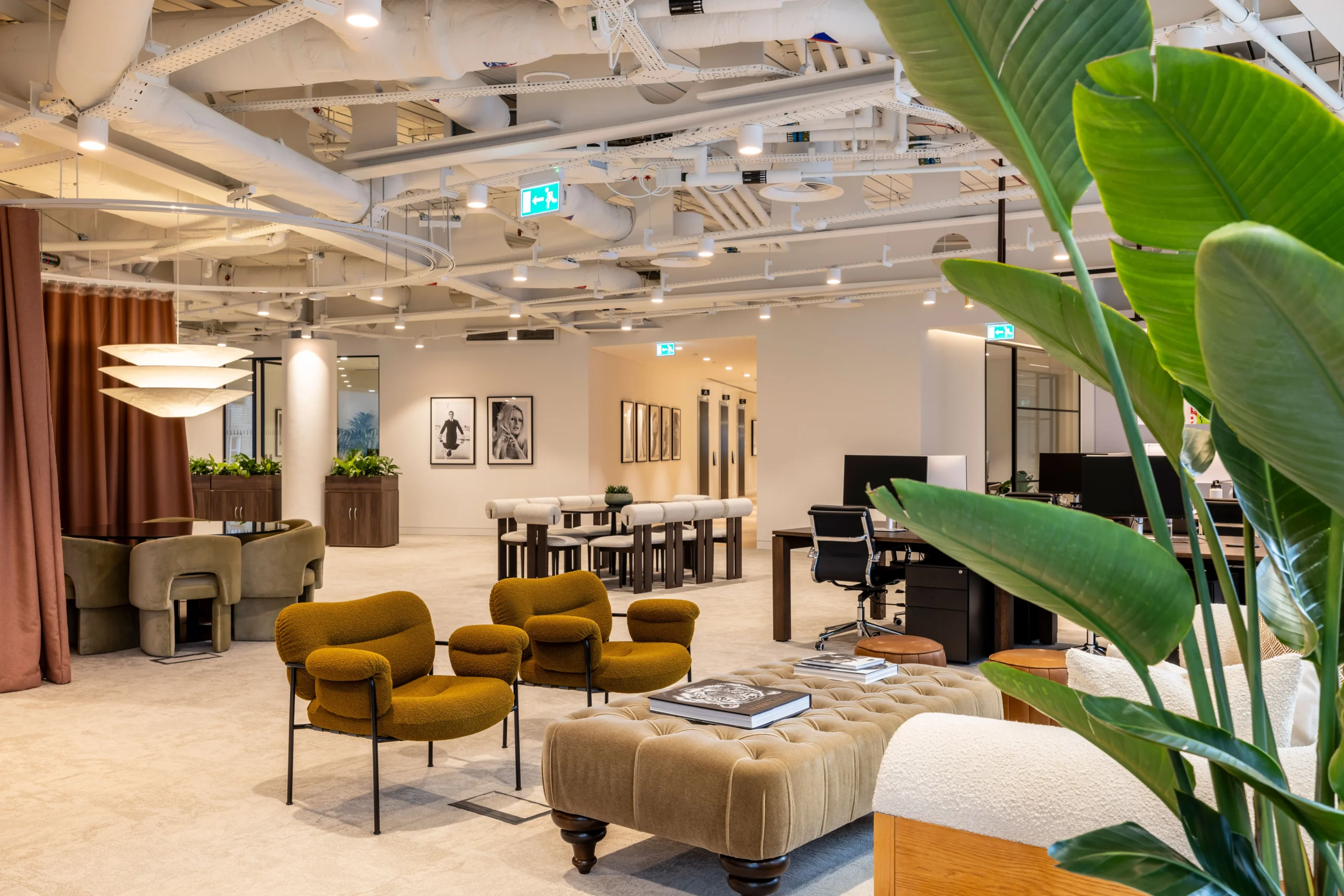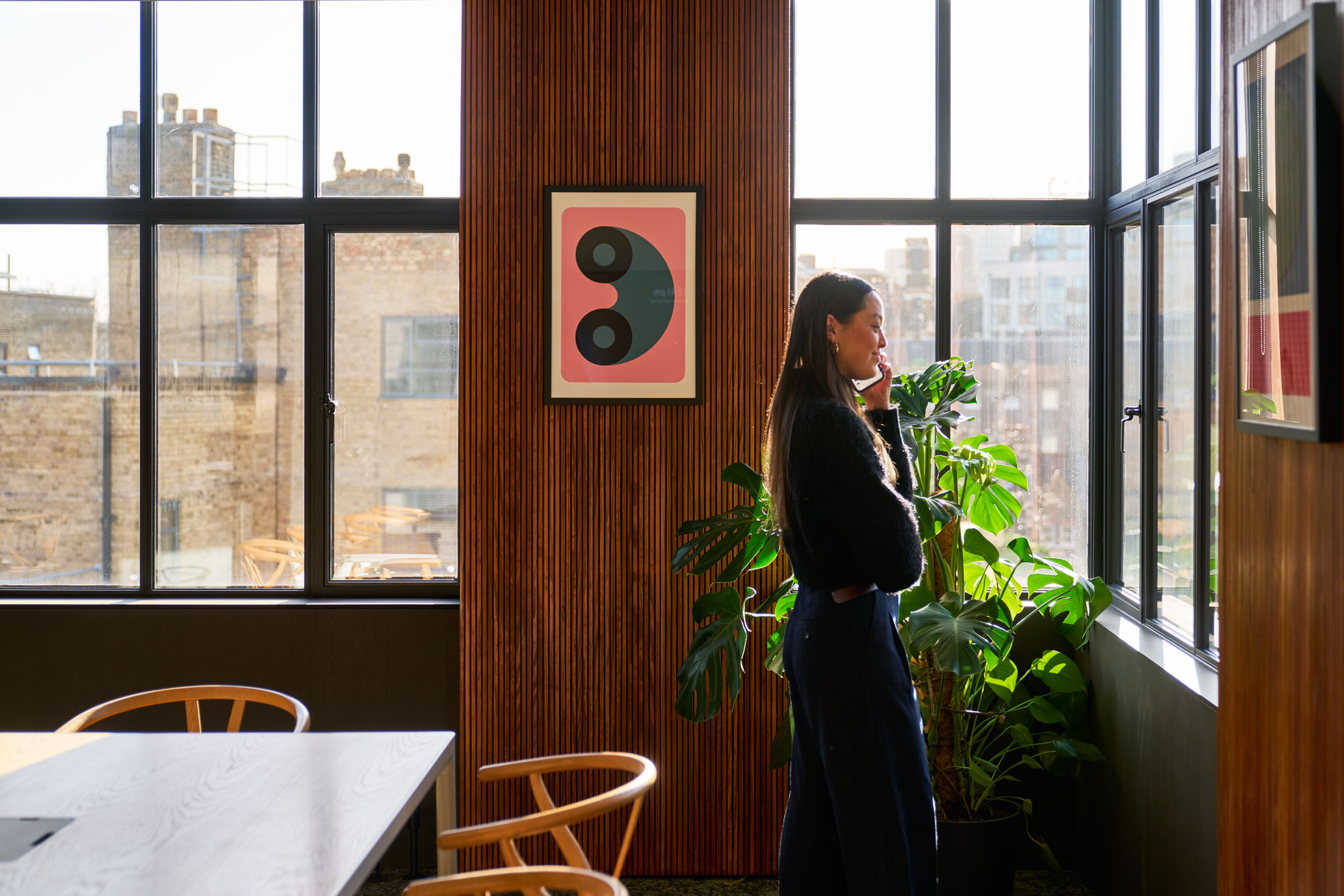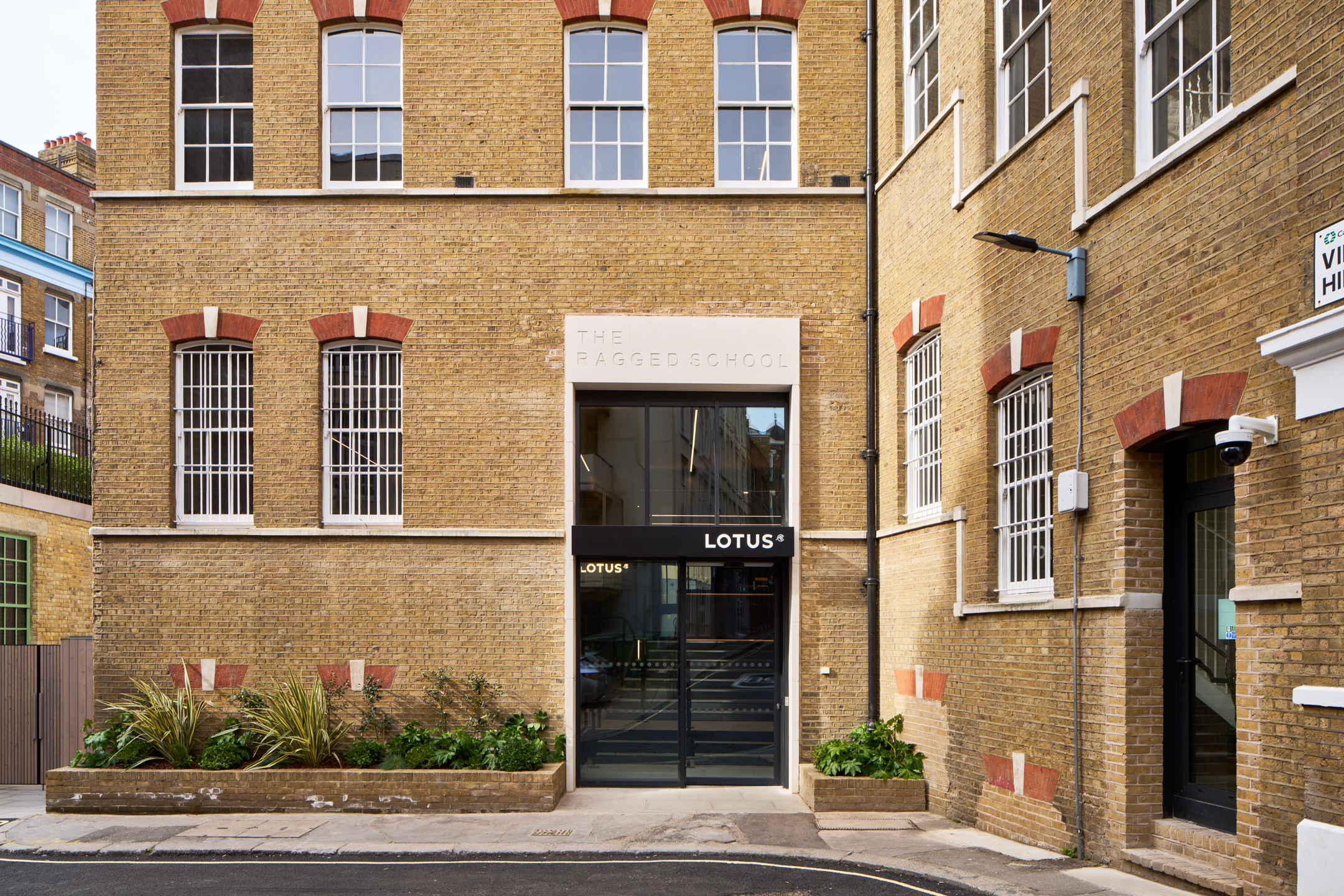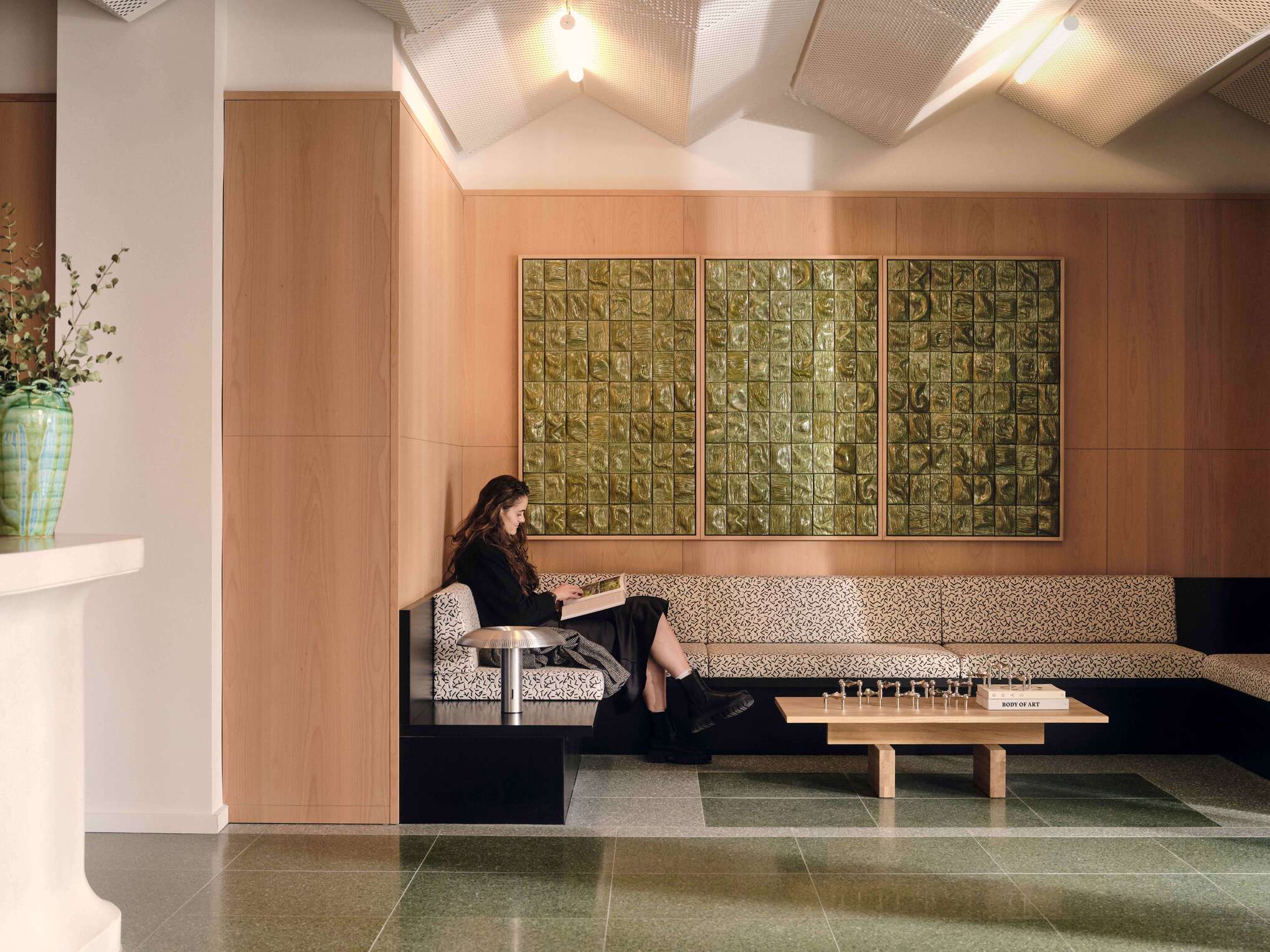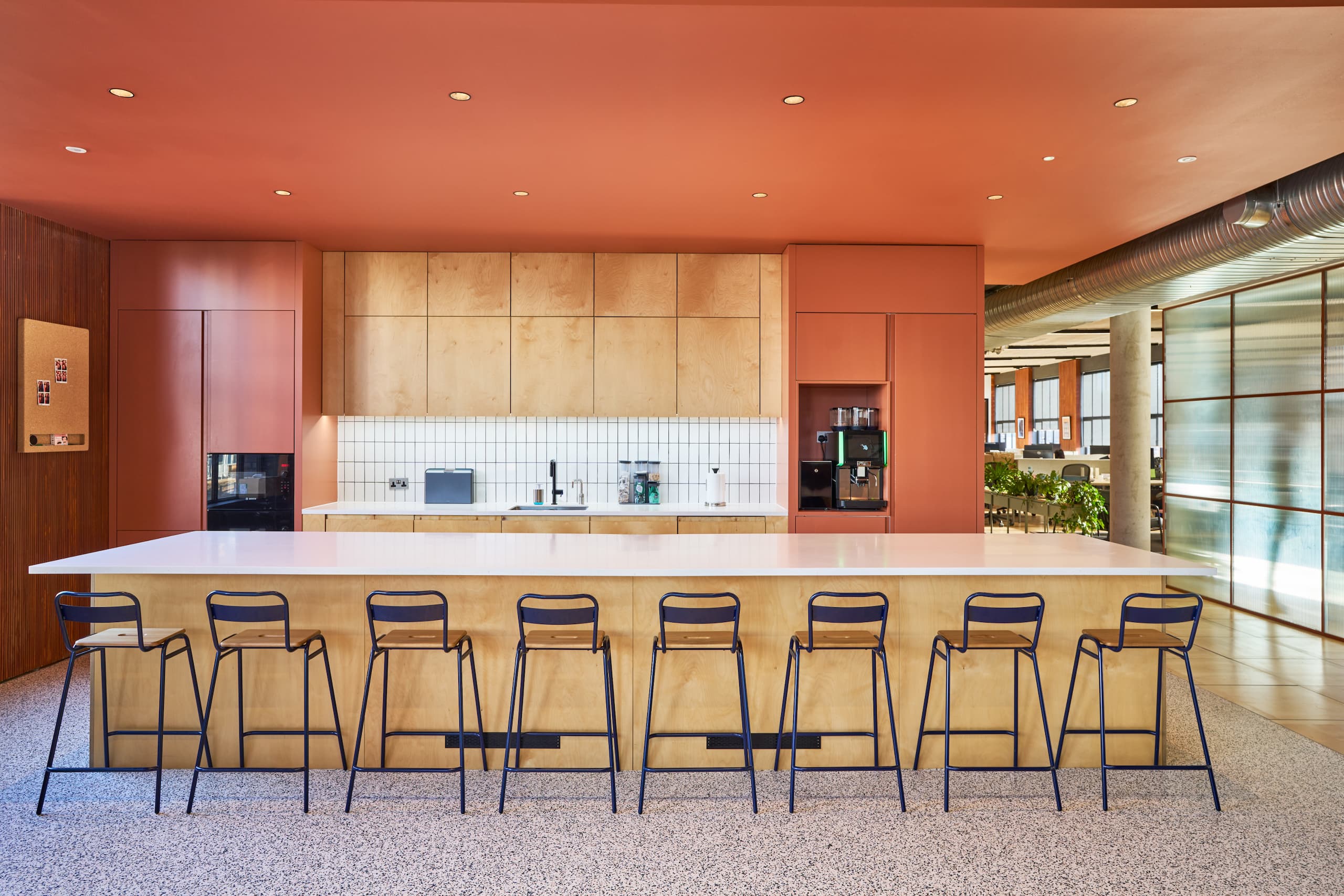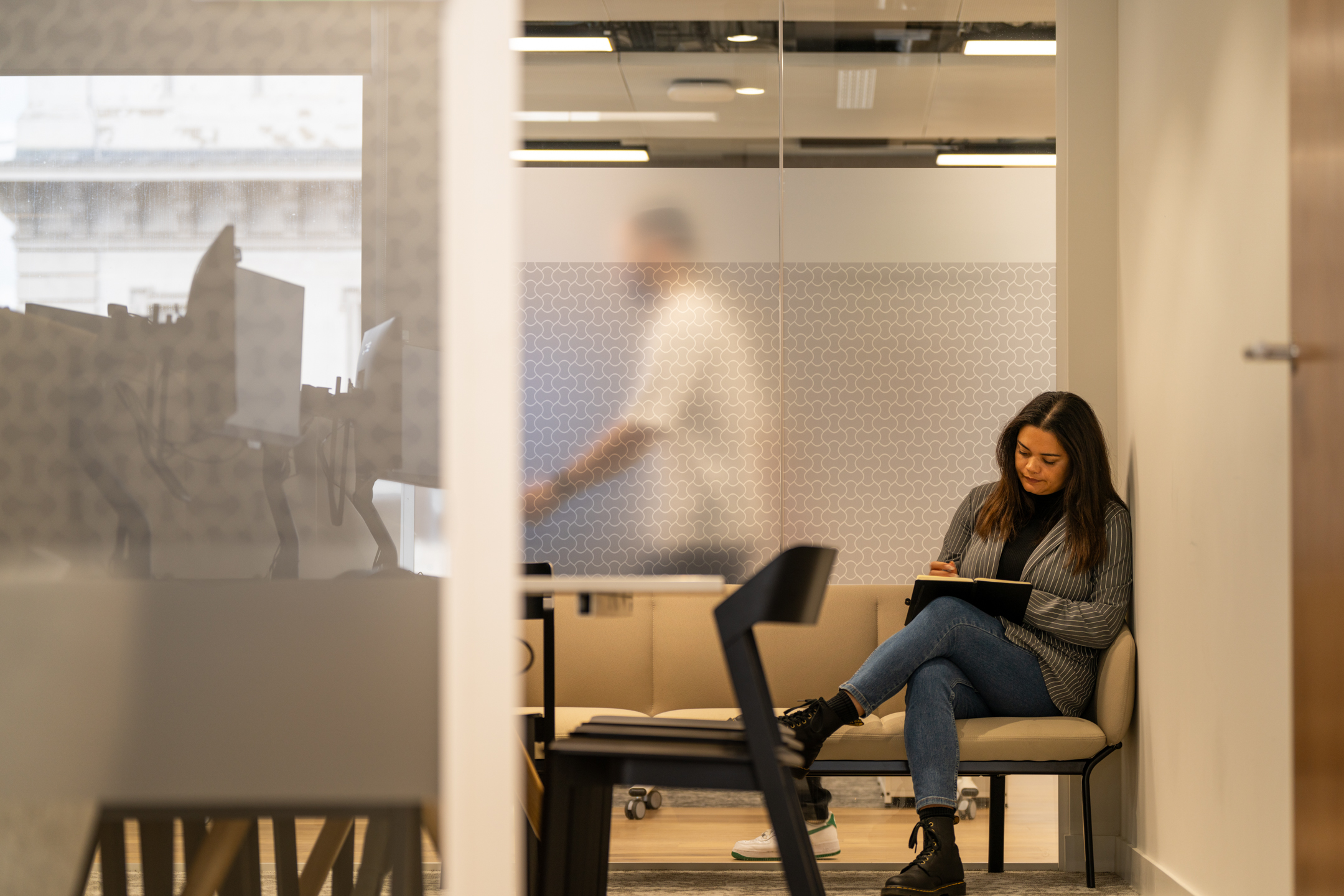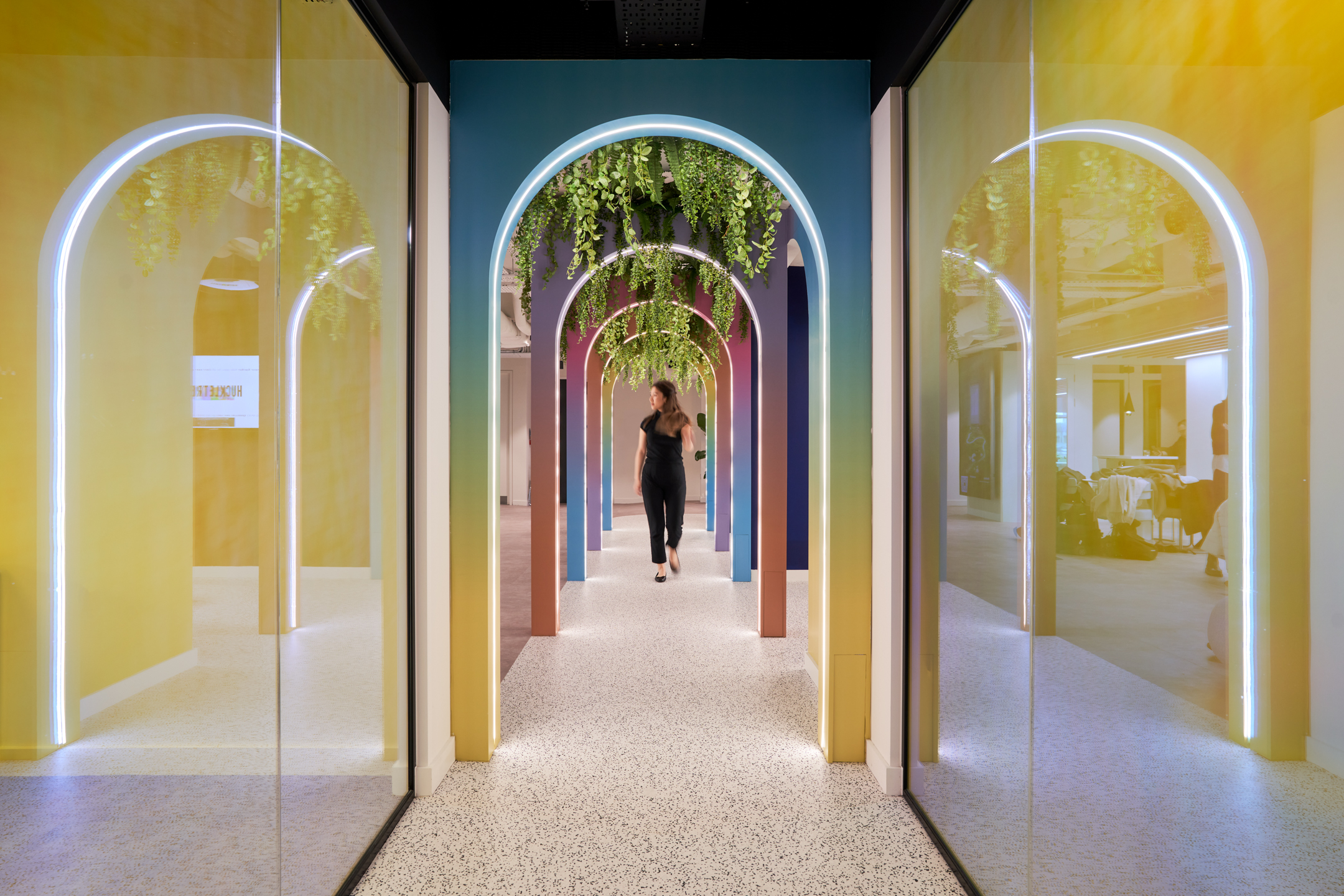About us
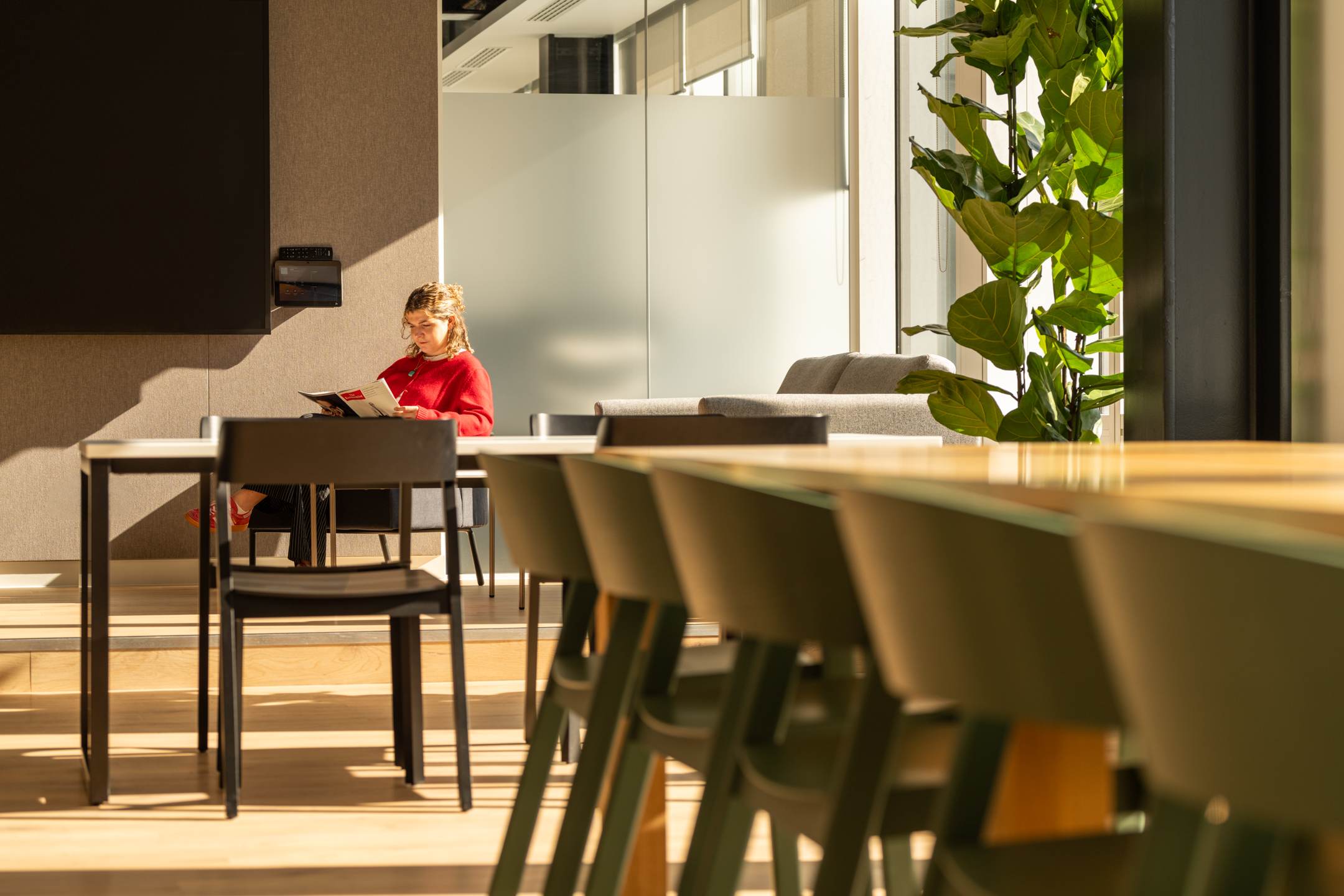
We’ve been elevating workplace experiences since 1991.
Strategic property advice
Commercial Interior design
Fit-out & refurbishment
3D & interactive modelling
Furniture procurement
Technology integration
Construction & project management
Post contract & warranty support management
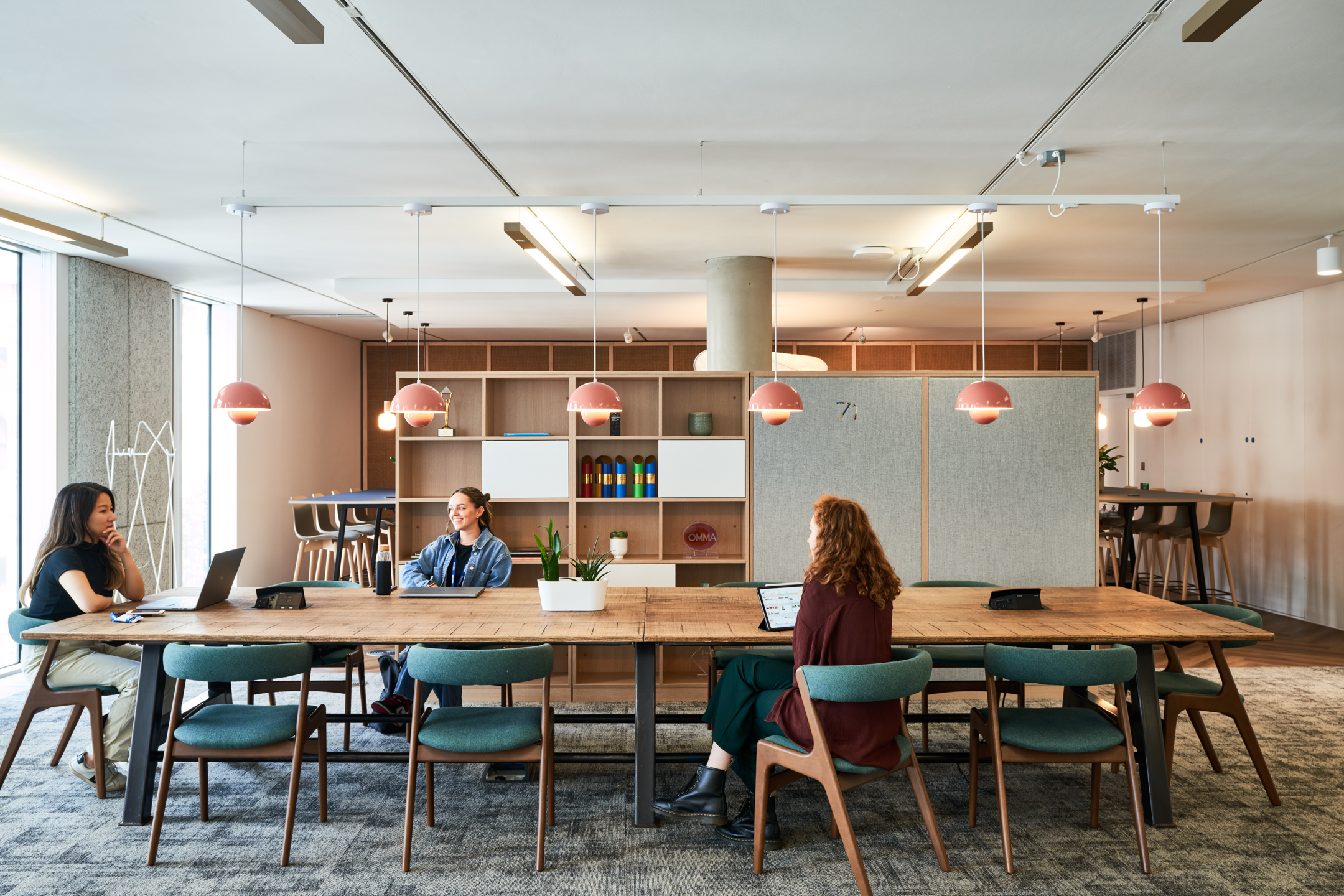
We design and build workplaces with creativity and insight that go beyond function – they shape life experiences.
Challenging the traditional approach to workplace
We’ve evolved to become a team passionate about workplace working with occupiers, tenants and landlords to help change the way they live and work. Creating places that spark new ways of thinking and doing.
32 years
32 years defining please people work and live.
17 million
Over 17 million square feet of workplaces created.
7,000+ projects
7,000+ projects completed across a range of sectors
85+ team members
85+ highly skilled team members
